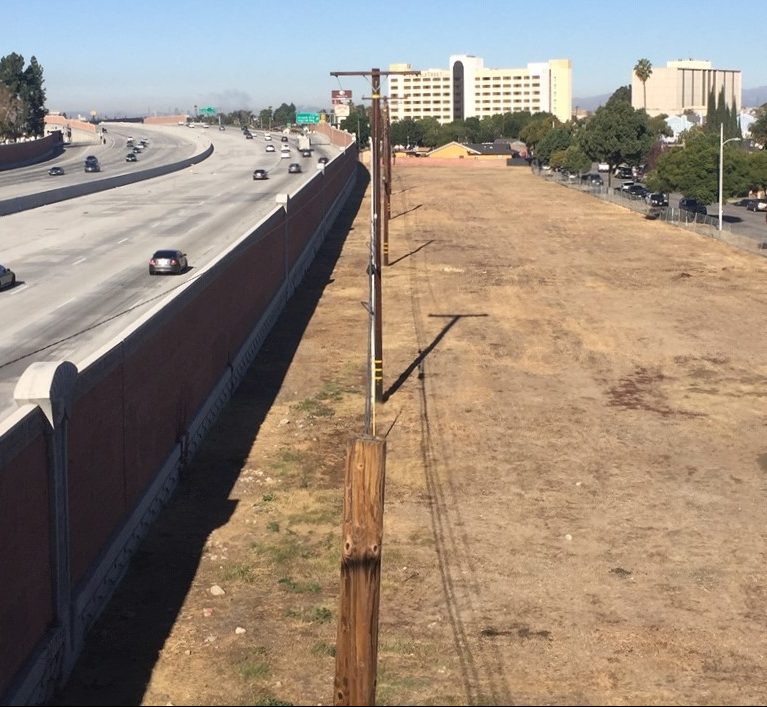Amid a historic drought, the ever-present threat of wildfires and worsening heat waves, a little-known controversy is pitting environmental conservation against housing production, potentially threatening progress in building a thriving Southern California that can also withstand the challenges that are coming with climate change.
More than a year ago, the Southern California Association of Governments started developing a mapping tool known as the SoCal Greenprint. The free, optional-to-use tool will compile more than 100 data sources on natural resources for the six counties in the SCAG region - putting this information into interactive maps to make it easy for developers and city officials to understand how to incorporate nature into future growth and development. The project, developed in consultation with more than 60 organizations across the six SCAG counties, was on track to launch this fall before it came under the wrath of opponents who are using the housing crisis to prevent its completion.
Their claims are that the mapping resource – which has no policy implications nor comes with any new rules or regulations – will deter housing production in a region that needs to build 1.34 million homes to meet current demand and future growth projections. The critics have been successful in slowing down the SoCal Greenprint, leading the SCAG Regional Council to pause work and to hold two additional public hearings on a project that had already actively engaged stakeholders – including developers – throughout the process.
The future of the SoCal Greenprint could be decided at SCAG Regional Council’s October 7 meeting - tomorrow. Moving the project toward completion will signal that regional leadership is ready to take on the environmental stewardship and smart decisions that are needed to plan for housing growth that protects nature and curbs long, polluting commutes. The region’s anticipated growth requires that Southern California take climate change seriously and plan for resiliency.
The purpose of the SoCal Greenprint is to provide an informational resource that will support sustainability and environmental priorities in SCAG’s Connect SoCal document, which is intended to plan for housing growth and transportation. There are more than 60 greenprints in place across the nation, and the concept is simple: if a stakeholder such as a developer wants to understand the environmental issues and considerations in a desired project area, the digital maps make it easy to access the information.
The data is pulled from existing, vetted and already publicly available sources - a full list is available for public review on the SCAG website. Featured maps will include locations of groundwater, tree canopies, future temperature impacts from climate change, and a robust equity section that depicts the relationship between the environment and social conditions. The data will help developers make important decisions about development, such as where to plant more trees, understanding where parks or green space is needed, or whether to incorporate water-quality features in their projects. But the true power is the ability to start thinking about important issues that affect us regionally, such as traffic, air quality, wildfire risk and how to build sustainable communities that put people near job centers and in places where climate change impacts such as temperature increases will be less severe.
If opponents are pushing back this aggressively on a data visualization project, it does not bode well for the tough decisions that will be required at a regional level as climate change impacts become more severe.
Southern California has a wealth of irreplaceable natural resources. It’s also a place that sorely needs to ramp up its housing production to ease the cost burdens that are pushing many families into poverty or out of the region. Projects like the SoCal Greenprint make it possible to plan for a future with plentiful housing options and green, healthy communities.
The SCAG Regional Council on Oct. 7 starts at 12:30 p.m. and public comments will be heard on the SoCal Greenprint. More information on how to attend and participate is available on the SCAG Regional Council agenda packet.
Leonora Camner is the executive director of Abundant Housing L.A., a pro-housing advocacy organization.





